Musée des murailles de Séoul (한양도성박물관)
2.4Km 2021-09-15
283, Yulgok-ro, Jongno-gu, Seoul
+82-2-724-0243
La muraille de Séoul (Hanyangdoseong) a été construite pour désigner les limites de la capitale et protéger la ville des attaques extérieures. Hanyangdoseong qui faisait plus de 18, 627km est la muraille qui est restée le plus longtemps 'muraille de défense' parmi celles des capitales qui existent de nos jours. Le musée des murailles de Séoul, situé au début de la rue Sunseong, présente l'histoire de la muraille et les valeurs du patrimoine culturel.
Ca'del Lupo (까델루뽀)
2.4Km 2020-04-27
5-5, Jahamun-ro 16-gil, Jongno-gu, Seoul
+82-2-734-5233
Ca'del Lupo is an Italian restaurant, closely located to Paris Baguette in Hyoja-dong, Jongno-gu near Gyeongbokgung Palace Station. Though the restaurnat masters delicious homemade Italian cuisine on the inside, the exterior is wholly Korean. This unique combination of Hanok (traditional Korean house) style housing and Western foods is drawing a lot of people to Hyoja-dong. The great mix of both cultures can be seen in the sophisticated decorations and from the amazing food. The herbs they use are picked directly from the restaurant's personal garden. But to enjoy the atmosphere here, you will have to make a reservation far in advance.
Cheongwadae Sarangchae (청와대 사랑채)
2.4Km 2025-08-20
45, Hyoja-ro 13-gil, Jongno-gu, Seoul-si
+82-2-723-0300
Cheongwadae Sarangchae désigne un espace pour en apprendre plus sur la culture coréenne et l'Histoire des présidents en Corée. Il est possible d'en apprendre plus sur les charmes du tourisme en Corée et sur les histoires secrètes de Cheongwadae.
Samcheongdong Sujebi (삼청동수제비)
2.4Km 2019-06-13
101-1, Samcheong-ro, Jongno-gu, Seoul
+82-2-735-2965
Get off the subway at Gyeongbokgung Station (Subway Line 3), follow the wall of the Gyeongbokgung Palace and you'll find yourself facing a street with majestic trees whose foliage changes every season. This street leads directly to Samcheong-dong. As you enter Samcheong-dong and walk towards the Samchong-dong Tunnel, you'll come across Samcheongdong Sujebi, located right next to the Prime Minister Legation.
Samcheongdong Sujebi became a hit among Japanese tourists, after being featured in a popular Japanese magazine. The main dish here is, of course, sujebi (a traditional Korean soup consisting of chunks of dough and various vegetables). It comes in a pot full of sliced pumpkin, clams, and potatoes. This delicious soup is so tasty that there's almost always people lined up outside the restaurant. Other popular items include dongdongju (traditional Korean liquor) and gamjajeon (a Korean potato pancake that uses only potato starch and no other ingredients).
Haeunjae / 하은재
2.4Km 2025-08-12
68-10, Jahamun-ro, Jongno-gu, Seoul
Haeunjae (下隱齋), meaning “hermit’s residence,” is a hanok (traditional Korean house) residence located in Seochon Hanok Village, near Gyeongbokgung Station on Seoul Subway Line 3. It is dedicated to the ideal of “movies and rest,” and takes after the characteristic form of modern hanok with a small courtyard. The entire house is rented out at once, with a queen bedroom, kitchen, movie room, and two restrooms. Up to 4 guests can reserve the house, with each additional guest above the standard of 2 having access to additional bedding.
The movie room is furnished with a Bose sound system, beam projector, and screen, along with a mobile foot bath. The kitchen is equipped with a refrigerator, hand drip coffee maker, toaster, electric kettle, and utensils. A 10% discount is available for guests staying for more than 2 nights on weekdays, and towel replacement and cleaning services are offered for guests staying for more than 3 nights.
The residence is located close to tourist sites like Tongin Market, Gyeongbokgung and Changdeokgung Palaces, and Samcheong-dong area.
Yennal Yeongil Naengmyeon (옛날연길냉면)
2.4Km 2021-03-18
31, Jong-ro, 46-gil, Jongno-gu, Seoul
+82-2-747-8898
This is a Korean cuisine located in Dongdaemun Gate, Seoul. A restaurant run by a Chinese. The best menu at this restaurant is cold buckwheat noodles.
NUHADANG [Korea Quality] / 누하당 [한국관광 품질인증]
2.4Km 2020-09-10
49-7, Pirundae-ro, Jongno-gu, Seoul
010-9692-1330
Guesthouse Nuha is a ‘hanok’ or traditional Korean house consisting of four guestrooms located in Nuha-dong, Seochon (west of Gyeongbokgung Palace, Jongno, Seoul) where many Confucian scholars and artists lived during the Joseon Dynasty.
Exuding a refined atmosphere, Guesthouse Nuha is very popular among not only domestic visitors but also foreign tourists who want to experience the flavor of Korea in a cozy hanok. All four guestrooms (An-bang, Sarang-bang, Geul-bang, and Byeol-dang) are covered with eco-friendly hanji (traditional Korean paper handmade from mulberry tree) wallpaper, and are equipped with a thick cotton-wool comforter and pillows imbued with the scent of Hinoki cypress tree to help guests relieve their fatigue.
Breakfast is served free of charge. Guests can also experience traditional Korean culture here, such as playing a Korean musical instrument (janggu or double-headed drum), playing a game of yut in the yard, or wearing hanbok (traditional Korean clothes). Although a local bus service passes through the village, it is highly recommended to take a quiet leisurely around the area.
Brasserie de makgeolli Chunpoong
2.4Km 2025-02-05
서울특별시 중구 다산로 101-3 (신당동)
C'est une brasserie qui produit le makgeolli, la base de l'alcool coréen. Des visites et des sessions de dégustation sont organisées pour transmettre la valeur de l'alcool coréen. Nous fournissons des informations détaillées sur le makgeolli, qui est en train de disparaître de l'histoire, et faisons découvrir ce précieux patrimoine culturel coréen aux Coréens et aux touristes étrangers. De plus, un espace de restauration séparé est aménagé pour profiter de la nourriture et de l'alcool. Le rez-de-chaussée est composé de la brasserie et du dépôt de makgeolli, tandis que le premier étage est aménagé en salle de dégustation et en média top. Le deuxième étage est dédié à l'exposition d'œuvres de membres de l'Association culturelle de l'artisanat de la dynastie moderne, présentant le patrimoine culturel immatériel national et fonctionnant comme une galerie pour introduire le patrimoine culturel coréen. En face de la brasserie, 'Chunpoong Jeonjit' est exploité, vendant des 'jeon', un plat emblématique de la Corée, ainsi que des aliments de saison en petites portions.
Le quartier Samcheong-dong (삼청동길)
2.5Km 2020-12-02
107, Samcheong-ro, Jongno-gu, Seoul
+82-2-120
Quartier Samcheong-dong part de l’est du palais de Gyeongbokgung au tunnel de Samcheong.
Le parc de Samcheong situé au bout de la rue de Samcheongdong est réputé pour sa forêt dense et sa belle vue.
En plein centre de la ville, ce lieu est pourtant calme.
Par ailleurs, les galeries et les cafés de part et d’autre de la rue de Samcheong-dong attirent beaucoup d’artistes.
Cheongpa Mansion (청파맨션)
2.5Km 2021-03-29
20, Cheongpa-ro 47na-gil, Yongsan-gu, Seoul
+82-2-706-9093
You can enjoy coffee roasted by a professional barista. This cafe is located in Yongsan-gu, Seoul. The most famous menu is americano.
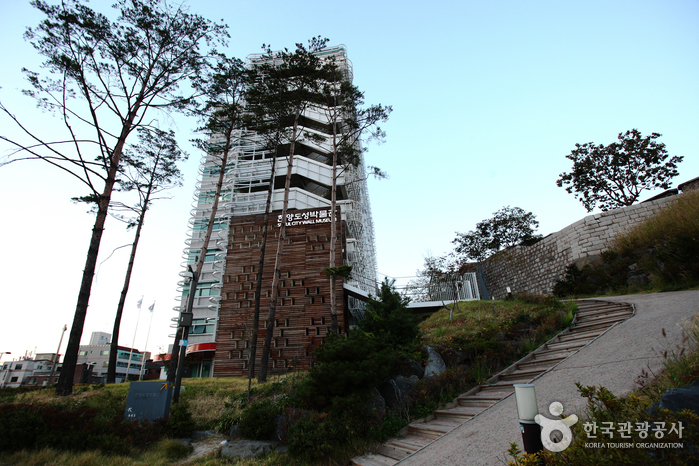
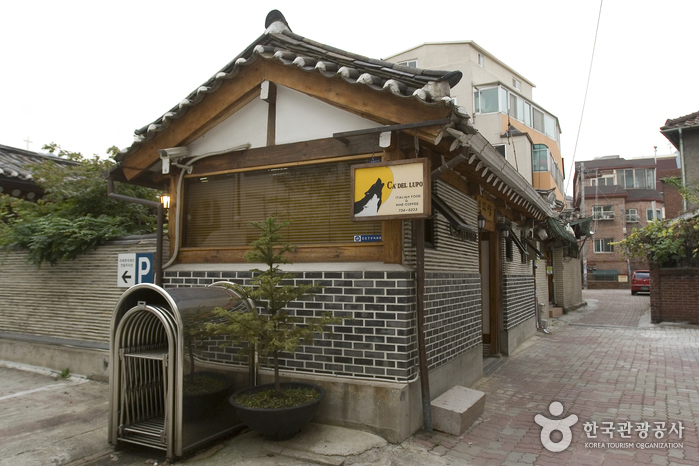
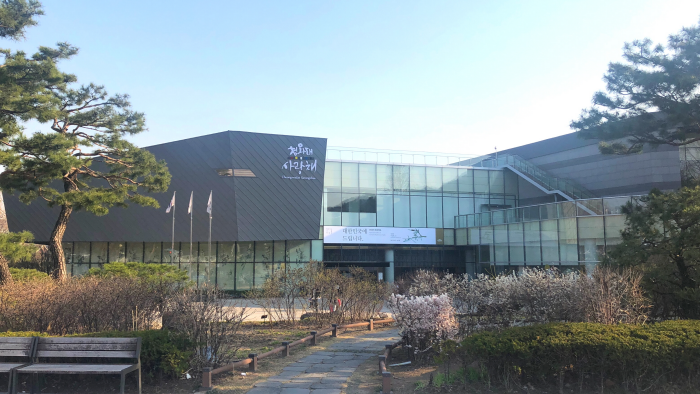
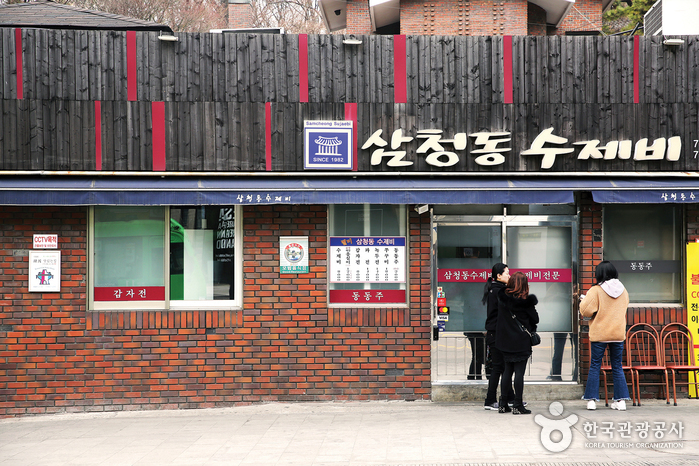
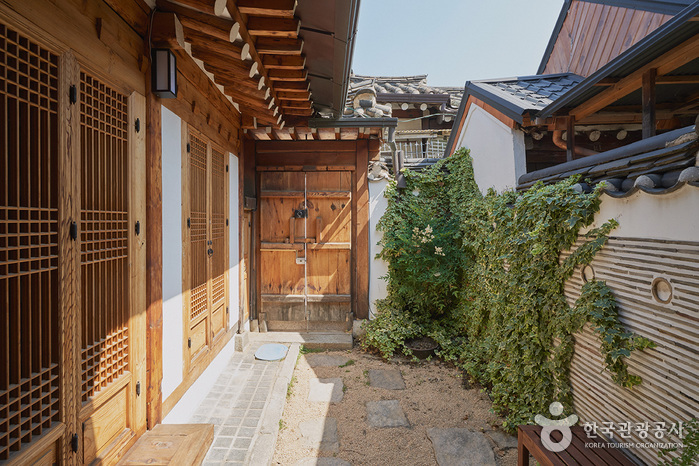
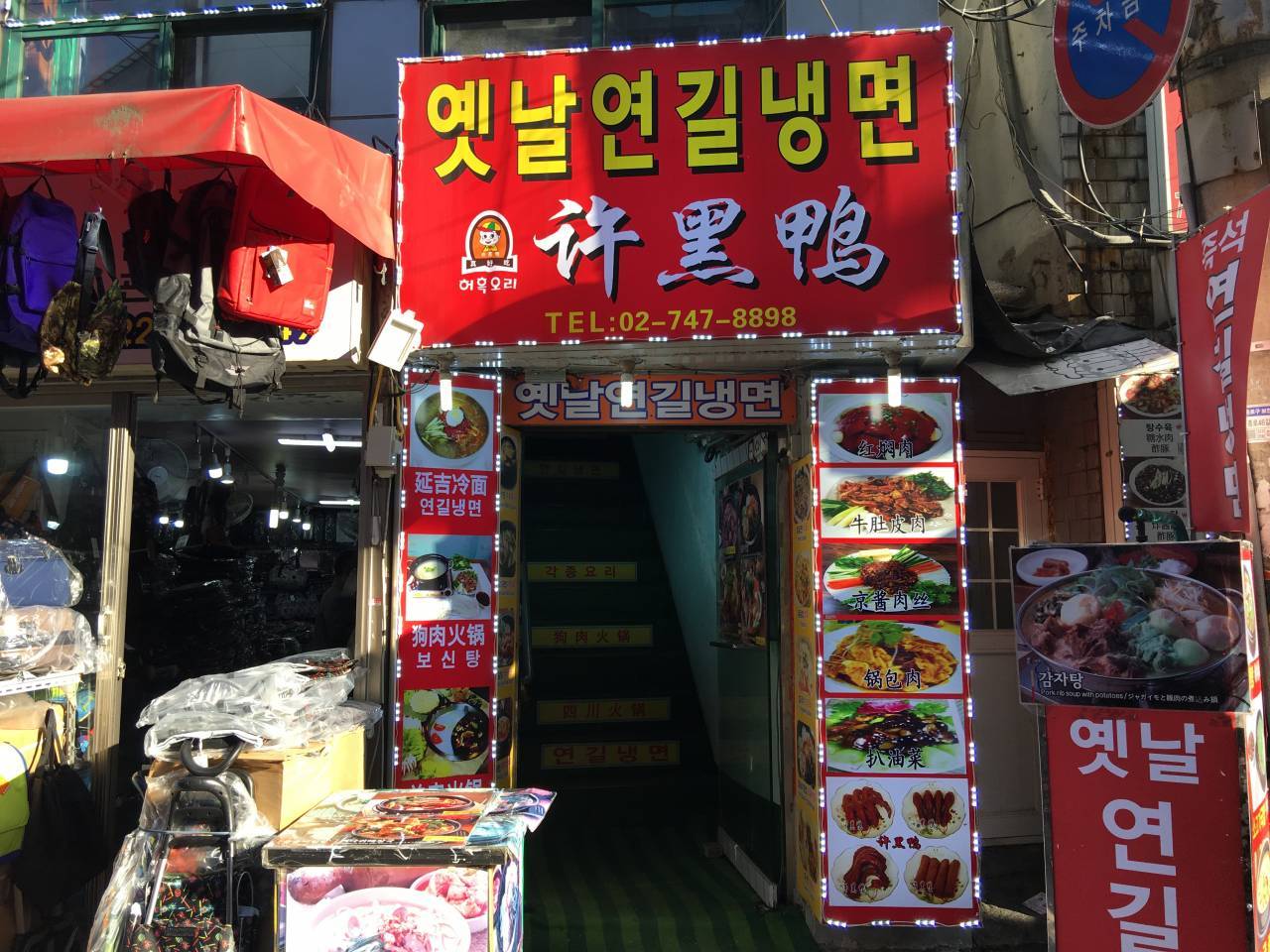
![NUHADANG [Korea Quality] / 누하당 [한국관광 품질인증]](http://tong.visitkorea.or.kr/cms/resource/58/2532358_image2_1.jpg)
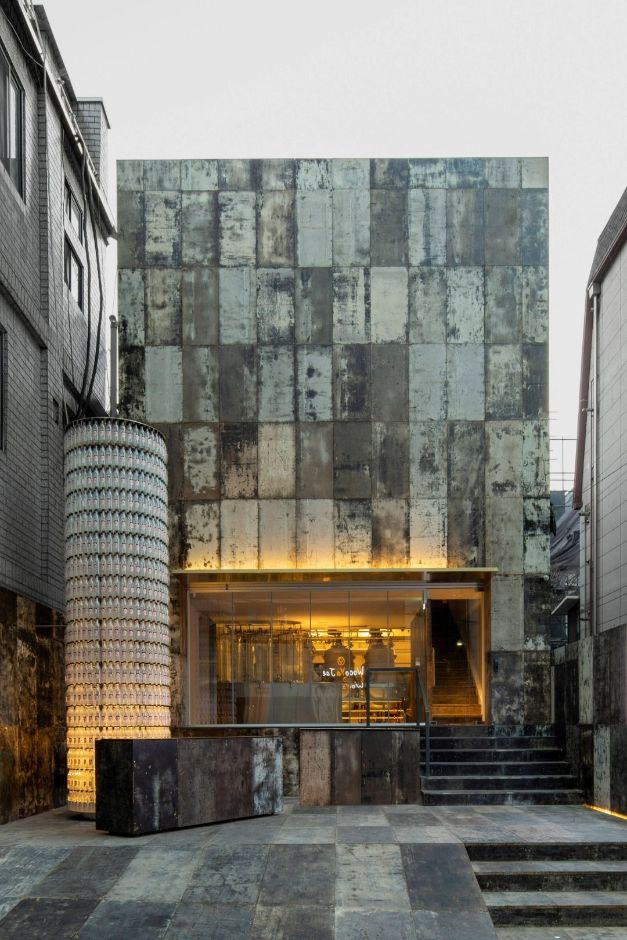

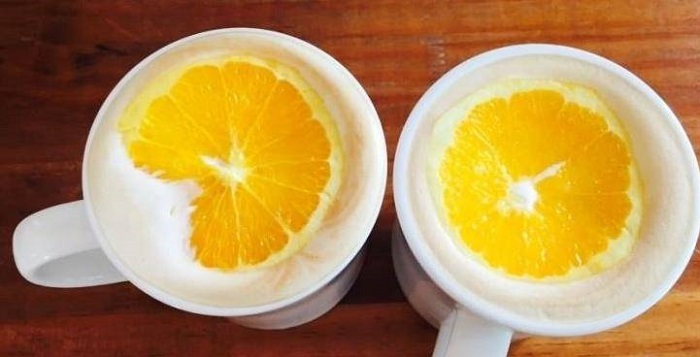
 Français
Français
 한국어
한국어 English
English 日本語
日本語 中文(简体)
中文(简体) Deutsch
Deutsch Español
Español Русский
Русский